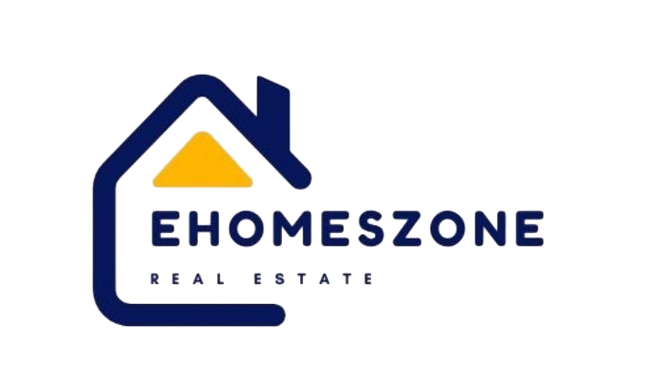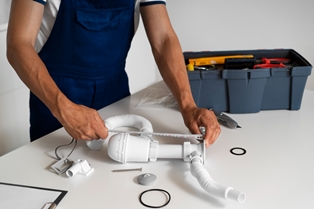Termites are notorious for causing extensive damage to wooden structures. Spotting an infestation early is essential to mitigate damage and safeguard your home. Common warning signs of termite activity include mud tubes along walls and foundations, hollow-sounding wood, and the discovery of discarded wings around windows or doors. These signs indicate that termites could be actively consuming the wooden framework of your house, which weakens the structure and incurs expensive repairs.
Knowing how to identify these signals and acting swiftly can prevent substantial damage. Regular inspections, especially in wooden or moisture-prone areas, are crucial. Engaging in termite control service can halt the progression and prevent further infestation when termite activity is suspected. Homeowners should prioritize regular checks and remain vigilant to protect their property.
Prevention Methods
Termite prevention starts with reducing conditions that attract them to your home. The most critical factor is moisture control. Addressing plumbing issues promptly, such as leaks in pipes, faucets, or air conditioning units, is essential. Diverting water away from the home’s foundation through proper gutter and downspout installation can also significantly reduce termite attraction.
A healthy practice is to store wooden materials like firewood, mulch, or scrap lumber away from your home’s exterior walls. Wood-to-soil contact should be minimized, as this provides easy access for termites to enter your home. Regular yard maintenance, such as removing old tree stumps and debris, diminishes potential termite habitats. Ensuring that crawl spaces, basements, and attics are well-ventilated and dry is vital in termite prevention. These measures collectively make your home less inviting to termites.
When to Seek Professional Help

Situations involving severe infestations require professional intervention. Pest control experts have the experience, knowledge, and tools to tackle more significant problems effectively. Signs that it’s time to call professionals include structural damage, visible termite swarms, or when DIY methods prove ineffective.
Experts can identify the specific species of termites and tailor treatment plans to target and eliminate the infestation effectively. Additionally, their services often come with guarantees, providing peace of mind that the problem will be resolved comprehensively. To identify severe infestations and understand their implications, homeowners can refer to this helpful guide on termite identification.
Different Treatment Options
When dealing with an active termite infestation, choosing the most suitable treatment option is critical. Liquid soil-applied termiticides create a barrier around your property. This chemical barrier prevents termites from entering and eliminates those already inside. It’s a reliable method but requires a professional application to ensure coverage.
Bait systems offer a different approach. Stations filled with bait, which termites find more palatable than wood, are strategically placed around your property. The termites consume the bait and share it with their colony, leading to a gradual decline in population. This method can often be less invasive and more sustainable over the long term.
This comprehensive guide on termite treatments provides a more detailed examination of these options, including their pros and cons. Understanding all available It’sods is crucial to making an informed decision that suits your situation.
Budgeting for Termite Control
allocating funds for termite control is an essential aspect of household budgeting. The costs associated with termite treatments depend heavily on the severity of the infestation and the chosen treatment strategy. Routine inspections and preventive measures can mitigate these costs by catching problems early before requiring extensive and costly repairs.
It’s important to note that Its homeowner insurance policies do not cover termite damage, often classifying it as preventable through regular maintenance. As such, setting aside funds specifically for termite control can ensure you are prepared for any surprises. This foresighted approach can save significant expenses and stress when dealing with potential termite issues.
Conclusion
Effective termite control is multifaceted and involves prevention, early detection, and choosing the appropriate treatment. Understanding the signs of infestation, implementing preventive measures, and allocating a budget for termite control are crucial steps in protecting your home. Combining professional expertise with personal vigilance offers the most reliable protection.
By staying proactive and considering all available methods, homeowners can safeguard their investments and ensure the longevity of their property. Remember, the best defense against termites is a well-informed and proactive approach, leveraging professional help and personal efforts to maintain a termite-free home.










Find Us on Socials